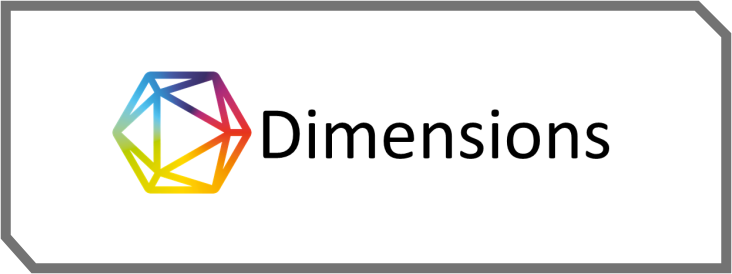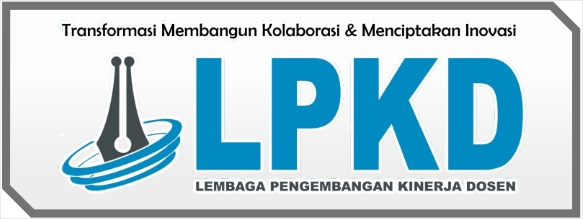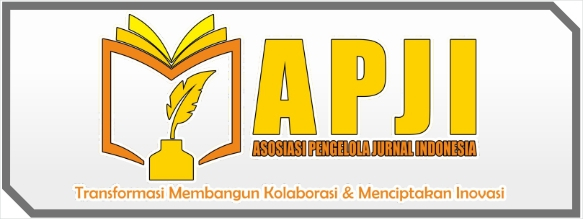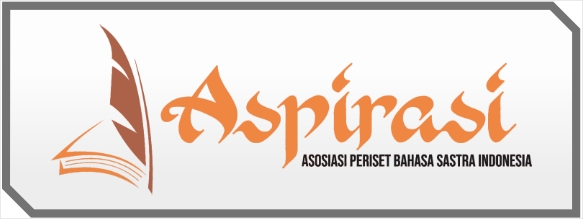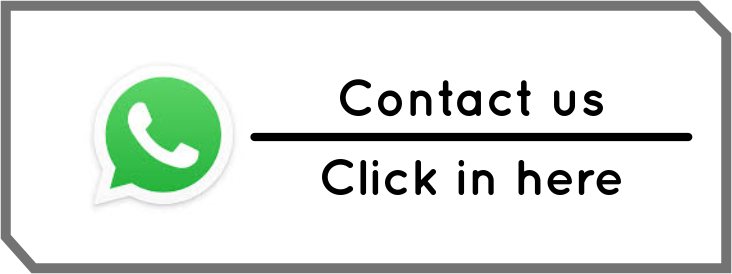Exploring the Diversity of Syllable Types: A Comprehensive Classification Framework
DOI:
https://doi.org/10.59581/jmpb-widyakarya.v2i2.3477Keywords:
Syllable, Phonotactics, Morphology, Prosodic features, Phonetic realizationAbstract
This study aims to explore the diversity of syllable types and develop a comprehensive classification framework. Analysis was conducted on the syllable structures of various languages to understand both common patterns and language-specific variations in syllable formation. Linguistic data from diverse languages were collected and analyzed to identify phonotactic patterns, morphological interactions, prosodic features, and phonetic realizations of syllables. Findings indicate a wide range of syllable structures, ranging from simple CV to complex structures with multiple consonants and vowels. There are also significant interactions between syllable structure and morphological processes, as well as prosodic features. The results of this study are integrated into a comprehensive classification framework that encompasses various phonological, morphological, and phonetic dimensions of syllables. Theoretical and practical implications of the research are discussed, along with recommendations for future research.
References
Hayes, B. (2021). The Syllable: A Tribute. Language, 97(1), 1-39.
Moreton, E., & Pater, J. (2012). Structure and substance in artificial-phonology learning: The design of an introduction to phonology course. Linguistics Vanguard, 1(1), 75-90.
Siptár, P., & Törkenczy, M. (2020). The Phonology of Hungarian (Vol. 39). Oxford University Press.
Steriade, D. (2017). Variables in Phonological Theory. Annual Review of Linguistics, 3, 223-246.
Clements, G. N., & Ridouane, R. (2011). Introduction: The interaction of phonology with phonetics. In G. N. Clements & R. Ridouane (Eds.), Where do phonological features come from? Cognitive, physical and developmental bases of distinctive speech categories (pp. 1-32). John Benjamins Publishing Company.
Goldsmith, J. A. (2018). Autosegmental Phonology. The Oxford Handbook of Phonological Theory, 85.
Blevins, J. P. (2017). Word and Paradigm Morphology. John Wiley & Sons.
Rose, S. (2016). The Oxford Handbook of Derivational Morphology. Oxford University Press.
Maddieson, I. (2013). Phonological Typology. Oxford University Press.
Moran, S. (2023). Computational modeling of syllable diversity: Challenges and opportunities. Journal of Computational Linguistics, 49(2), 215-231
Downloads
Published
How to Cite
Issue
Section
License
Copyright (c) 2024 Jurnal Motivasi Pendidikan dan Bahasa

This work is licensed under a Creative Commons Attribution-ShareAlike 4.0 International License.







